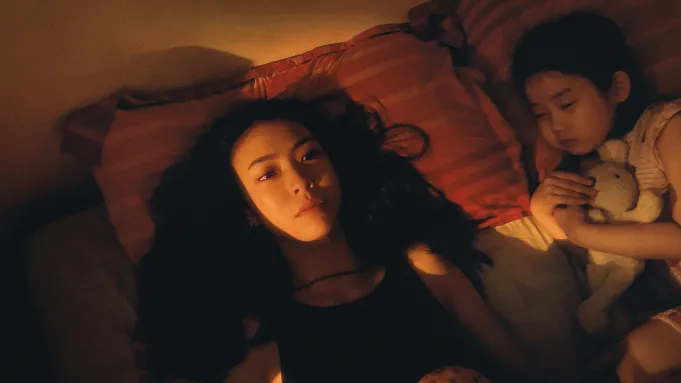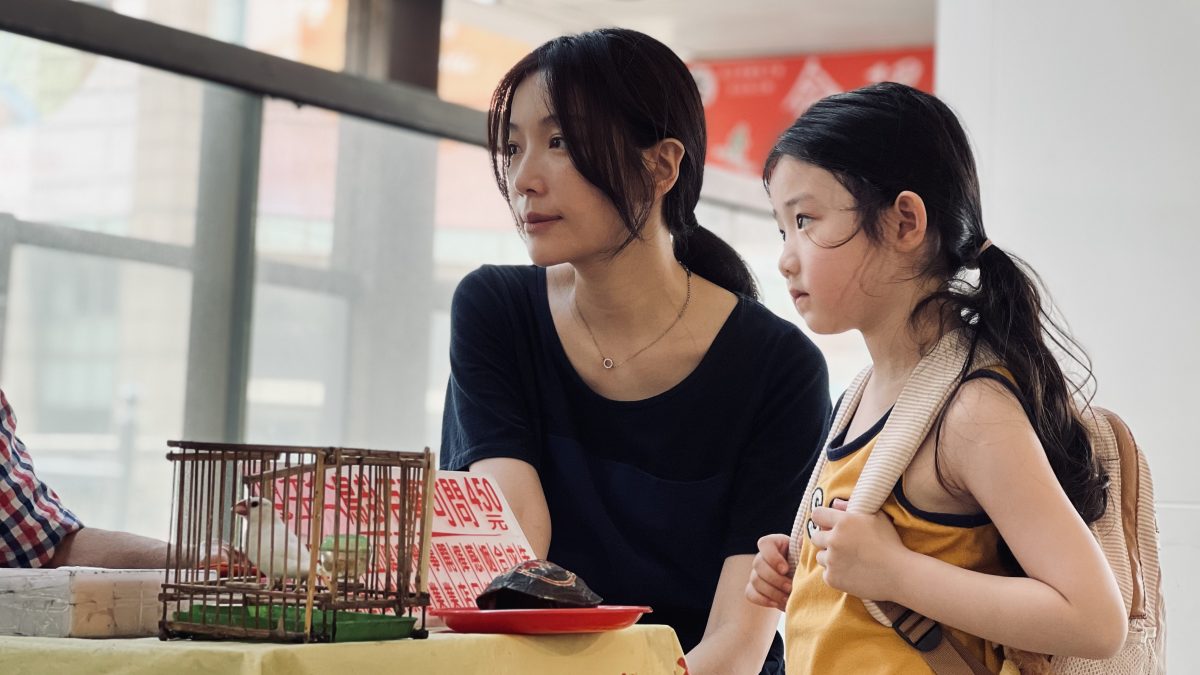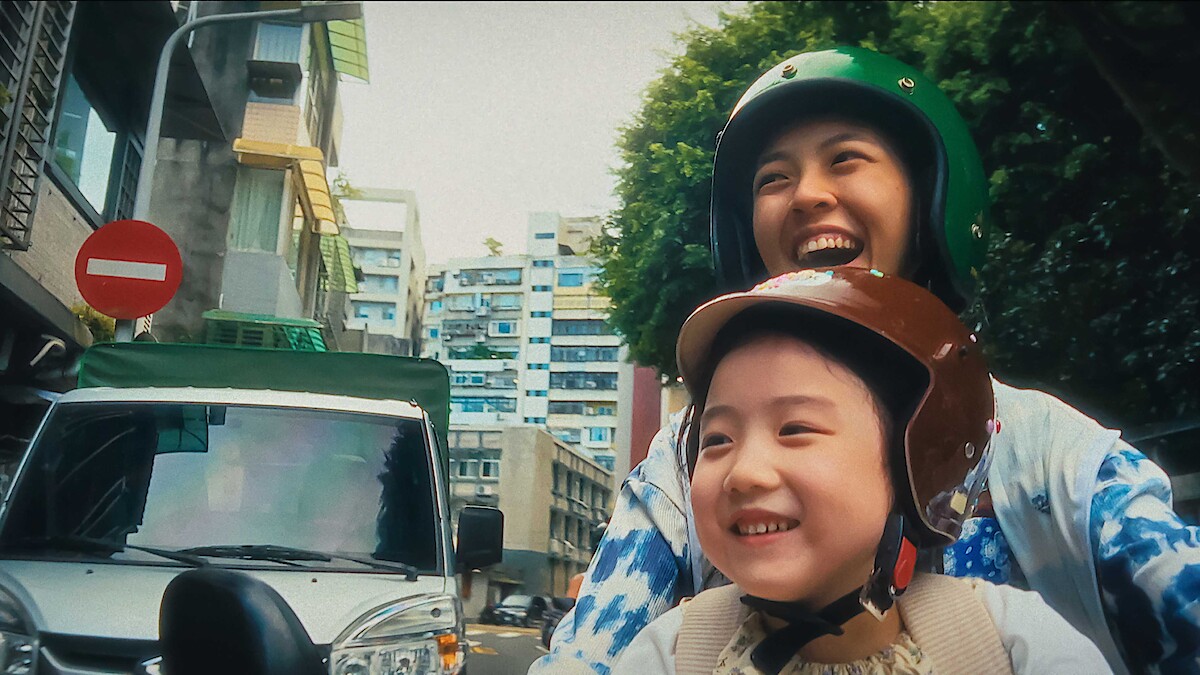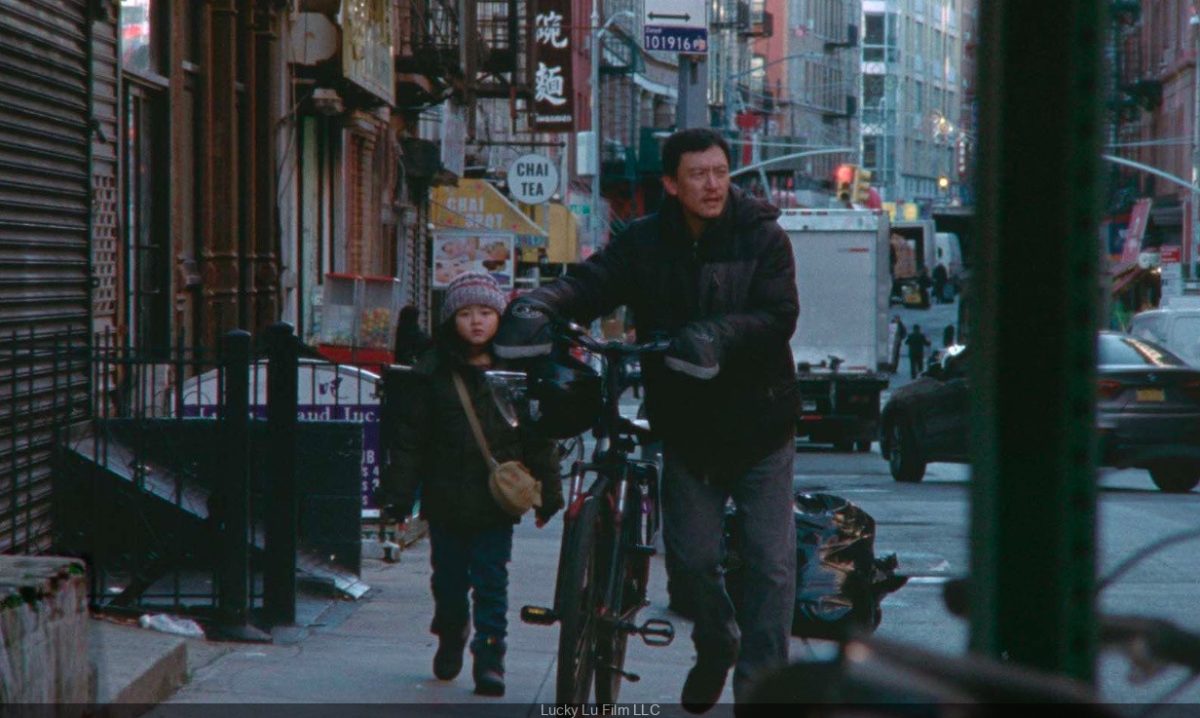In her directorial debut, “Take Out,” Shih Qing Tzu (alongside co-director Sean Baker) I was able to capture the constant ebb and flow of trying to keep your head above water as an immigrant in New York City. Filmed on a shoestring budget of $3,000, Tso and Becker create a truly expressive portrait of the backbone of the working class. One of the notable elements of this debut was the use of DVCAM, imprinting an almost ‘home movie’ effect on the film, putting the audience right in the heart of the film. Twenty-one years later, Shih-Ching Tsou returns to the director’s chair, this time solo but with a far more ambitious project. A sprawling comedy about a mother who returns to Taipei with her two daughters to open a food stall in a very busy night market.
The three do their best to survive, make ends meet, and keep their family together. The mother runs a food stall, and the eldest daughter (a high school dropout) is involved in a shady betel nut trade and a shady boss. Things escalate from here – once the youngest daughter is told by her grandfather that she should never use her left hand because it is the hand of the devil, her grandmother ends up getting involved in a shady immigration fraud scheme.
This sets the stage for 108 minutes of fast-paced antics inside Taipei’s frenetic night markets. At its core, Tso’s second film aims to unpack the chaos created by the intergenerational conflict between mother, daughter, and grandmother. In the face of economic conflict, traditionalism and family hypocrisy. Tsou’s deconstruction of an unconventional Taiwanese family serves as an effective critique of patriarchal bias, the concept of constantly trying to meet unrealistic familial expectations, as well as what it’s like to grow up in the midst of it all.


The heated arguments throughout the film, coupled with the incredibly cute forgetfulness of Nina Yeh’s I-Jing, perfectly highlight the absurdity and childishness of it all. The performances throughout the project are great, but Tsu manages to get a standout child performance from Nina Yeh as the Left Girl, the youngest daughter of the family, who is trying to come of age in the midst of all this chaos and her “demon hand.” The melancholy of “Take Out” is replaced with a much more comedic tone that manages to walk the line between tense, funny and incredibly serious.
Much of this is aided by the incredibly vibrant filmmaking at the heart of the film. DVCAM has been replaced by the iPhone, resulting in even more stunning images. The images created by Tso and the cinematography team of Cao Tzu Hao and Chen Kuo Chen are incredibly dynamic and colorful, and the lights of the night market have a wonderful flourish to them. The colors pop, and the camera moves with our characters in a unique and fun way. It really is as if we see things with the same excitement as Ai Jing. It’s fun to see someone leaning into making movies on the iPhone again in a way that feels like a sea change in digital filmmaking.
Using the iPhone really allows for a visual language capable of making such a sprawling, chaotic story feel incredibly vivid and intimate. iPhone filmmaking isn’t just an evolution of the DVCAM in Take Out, but there’s an argument to be made that it’s a unique evolution of a style of filmmaking that was once so popular in American independent cinema. It is integral to creating a sense of working-class warmth, conflict, and apathy that our three leaders have to face all the time.


One of the highlights of the film is how much you feel like living in the whole world; There is a strong sense of authenticity not only in the central location of Taipei Night Market but also in the various clubs, cramped apartments, shady lounges and restaurants. The whole group is so funny and has great chemistry together, and almost every joke was a hit. Although Sean Baker co-wrote, edited, and produced the film, the film never feels like it’s on the same path as his work. The TSO trend is incredibly foolproof and moves on a completely different wavelength than the Baker trend.
Tsou uses the familiar story of a struggling family trying to make ends meet as a starting point to remix and subvert our expectations by choosing something completely chaotic but replacing the cruelty with comedy. In particular, the film seeks to examine multigenerational dynamics regarding capitalism, sexism, and societal expectations, and how they all conflict with modern femininity. The theme of how men are held to very different standards than women in an Asian family, even by other women, leads to some moments that go for both the dramatic and comedic jugular. The film’s crescendo, a birthday party that leads to complete chaos and family disintegration, is perhaps one of the funniest scenes of the year.
Left Hand Girl isn’t just a sophomore highlight — it’s a bold, innovative evolution of filmmaking and ideas first begun more than two decades ago. The screenplay transforms a story rooted in working-class struggle into a sharp and timely comedy that playfully examines shifting viewpoints, the grip of tradition, and the sheer absurdity of social expectations. The cast delivers consistently hilarious performances, while the look of the film itself is bold – using the iPhone to craft images that are at once vibrant and textured, intimate and vivid. The result is a breath of fresh air, keeping the audience laughing well into the credits.


